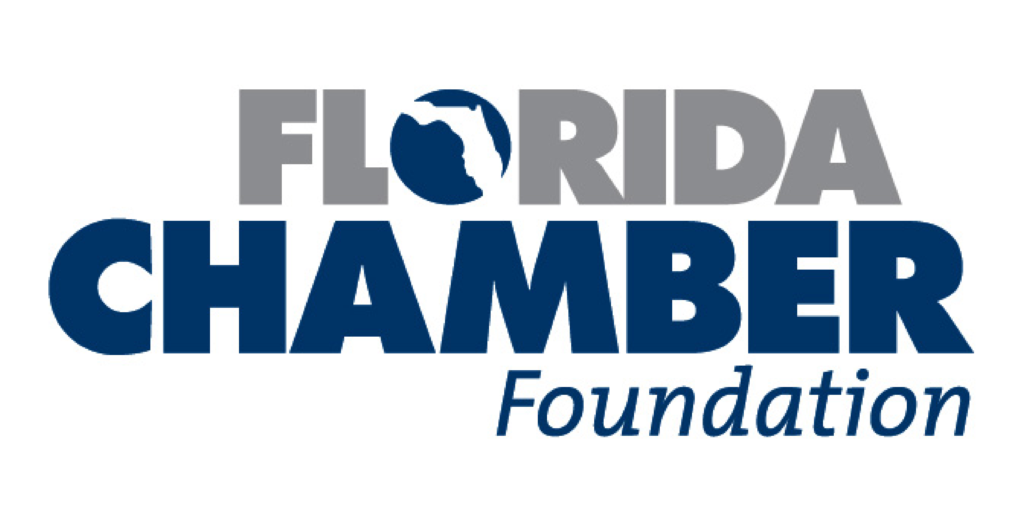Florida Chamber Foundation Unveils The Florida Gap Map – A First in the Nation Interactive Tool Identifying Equity Gaps in Poverty and Education

FOR IMMEDIATE RELEASE
CONTACT:
Logan Lewkow, PR Counsel
loganl@themooreagency.com
850.527.1209
Florida Chamber Foundation Unveils The Florida Gap Map – A First in the Nation Interactive Tool Identifying Equity Gaps in Poverty and Education
Tied to Florida 2030 goal of cutting childhood poverty in half and having 100 percent of third graders reading on or above grade level
TALLAHASSEE, FL (September 10, 2020) – As Florida strives to become the 10th largest economy in the world by 2030, if it were a nation, the Florida Chamber Foundation continues its focus on the 39 targets and goals that must be achieved to get there. Equity gaps exist in Florida and Florida’s global competitiveness depends on a quality education system. For the business community, a commitment to this education system must begin early. Today, Florida Chamber Foundation’s unveiled the nation’s first interactive tool, the Florida Gap Map, which visualizes equity gaps in poverty and education including the third grade reading scores for every public school in Florida and childhood poverty rates in each of Florida’s 983 zip codes.
“Over the next decade the Florida Chamber wants to cut poverty in half (currently 870,505 children living in poverty) and ensure 100 percent of our third graders are reading at grade level (currently 58 percent). As a first in the nation tool, the Florida Gap Map will help parents, business leaders and policy makers identify Florida’s equity gaps in poverty and education and will help unite the business community to create opportunity for all Florida children regardless of zip code, race, gender or any other factor,” said Mark Wilson, President and CEO, Florida Chamber of Commerce. “Florida business leaders are already spearheading positive solutions in their local communities and the Florida Gap Map provides critical information they need to determine where to focus their efforts.”
Children entering third grade this school year will be preparing to graduate from high school in 2030. To ensure they are prepared for an increasingly complex workforce, they must have a strong foundation.
“We developed this interactive tool as the one source in Florida to show the correlations between school reading scores and poverty. The Florida Gap Map will help guide business leaders, non-profits, governments and philanthropists who are interested in helping improve Florida’s public schools,” said Dr. Jerry Parrish, Chief Economist, Florida Chamber Foundation.
Currently, there are more than 870,000 Florida children living in poverty. Additionally, only 58 percent of Florida’s third graders can read on or above grade-level. By the year 2030, the Florida Chamber Foundation is committed via its Florida Prosperity Initiative to cut childhood poverty in half and through the Business Alliance for Early Learning to increase the number of third graders reading at grade level to 100 percent helping to secure those who represent the future of Florida: our youngest Floridians. These vital metrics and more are available on TheFloridaScorecard.org – a dynamic online tool that identifies and tracks the key factors impacting Florida’s future.
The Florida Gap Map shows where the important work of the Business Alliance for Early learning intersects with the Prosperity Initiative. To access the Florida Gap Map and learn more about Third grade reading score and childhood poverty rates in your own zip code and neighborhood, please visit: www.TheFloridaGapMap.org.
|
|
###
The Florida Chamber Foundation is the business-led, solutions development and research organization working in partnership with state business leaders to secure Florida’s future. The Foundation’s “Six Pillars” serve as a visioning platform for developing the first-ever, long-term strategic plan for the state. The Foundation’s work focuses on: 1) Talent Supply and Education, 2) Innovation and Economic Development, 3) Infrastructure and Growth Leadership, 4) Business Climate and Competitiveness, 5) Civic and Governance Systems, and 6) Quality of Life and Quality Places. Founded in 1968, the Foundation is a crucial voice for improving the state’s pro-business climate to enable Florida to grow and prosper. Visit www.FLFoundation.org for more information.
###